The return of Chinese group tours to Europe has sent ripples through the luxury retail sector, prompting high-end brands to swiftly reactivate long-dormant Chinese language services. After nearly three years of pandemic-induced separation, the sudden influx of mainland travelers is rewriting the playbook for luxury shopping districts from Paris to Milan. Store managers who had reluctantly dismantled their Mandarin signage during the lockdowns are now scrambling to rehire bilingual staff, with some even offering signing bonuses to secure talent.
Behind the scenes, luxury conglomerates have been preparing for this moment since China announced the resumption of outbound group travel earlier this year. LVMH quietly maintained its Chinese customer relations teams throughout the pandemic, conducting virtual shopping sessions and WeChat consultations. "We never truly disconnected from our Chinese clients," reveals a senior PR executive at a leading French maison, speaking on condition of anonymity. "The digital bridges we built during lockdowns are now becoming physical again."
The renaissance of Chinese tourism manifests most visibly through language. Walk down Avenue Montaigne in Paris this season, and you'll hear Mandarin greetings before you see the merchandise. Cartier has reinstated its dedicated Chinese client lounges, while Printemps department store runs hourly Mandarin-speaking shopping assistants. What's striking is how these services have evolved - gone are the awkward translations of yesteryear, replaced by nuanced dialect recognition (noting the difference between Shanghai and Beijing shoppers, for instance) and payment systems integrating Alipay with French tax refund processes.
Economic realities underscore this linguistic shift. Pre-pandemic, Chinese travelers accounted for 33% of global luxury spending despite comprising just 14% of tourists. In Milan's Golden Quadrangle, store managers report that returning group tours are spending 20-30% more per transaction than in 2019, perhaps making up for lost time. The average Chinese tourist now carries three empty suitcases specifically for luxury purchases, according to luggage storage services near Galeries Lafayette.
Cultural adaptation marks this new chapter. Luxury brands have learned that post-pandemic Chinese travelers blend group itineraries with independent exploration. Bulgari now offers "group breakout sessions" where tour members can book private shopping appointments. Similarly, Swiss watchmakers in Zurich have created hybrid experiences - group factory tours conclude with individualized consultations where younger clients favor Instagrammable limited editions while older buyers seek classic保值 (value-preserving) models.
The service revival isn't without challenges. A generational divide has emerged among Chinese shoppers. While older tourists still prefer cash payments and physical stores, their digitally-native children often spot discrepancies between European prices and Chinese e-commerce platforms mid-purchase. Savvy sales associates now preemptively explain VAT refunds and authenticity guarantees. As one Hermès veteran in Barcelona noted: "Before we just handed them the orange boxes. Now we're explaining why our scarves cost three times the Taobao price."
Behind the glittering storefronts, supply chains are straining to meet resurgent demand. Certain handbag models popular on Chinese social media have developed waiting lists longer than during the 2021 domestic luxury boom. Some brands are maintaining separate inventory for walk-in Chinese groups versus local clients, a practice that occasionally causes tension. In Munich, a discreet system has emerged where particular leather goods are held back until certain tour buses arrive.
This reopening wave differs fundamentally from pre-2020 patterns. Chinese travelers are more geographically dispersed, venturing beyond traditional capitals to secondary luxury markets like Antwerp and Florence. Their purchasing has become more deliberate - fewer logo-covered items, more focus on craftsmanship and resale value. Perhaps most significantly, the new cohort blends first-time travelers making up for postponed honeymoons with seasoned luxury consumers conducting "comparison shopping" between European and domestic prices.
As autumn approaches, luxury analysts are watching two developing trends. First, the extension of Chinese shopping festivals to Europe - with Mid-Autumn promotions now rivaling traditional summer sales. Second, the rise of "proxy shoppers" within tour groups who purchase for entire social networks back home. One Dior manager in London estimates 15% of group tourists now carry detailed purchase lists from friends, complete with product codes and reference prices from Chinese platforms.
The Mandarin signs being rehung across Europe's luxury districts represent more than linguistic convenience - they symbolize the reknitting of a crucial economic relationship. Yet beneath the surface, both sides have changed. Chinese consumers emerge from the pandemic more sophisticated and value-conscious, while European brands have learned to serve them through both digital and physical channels simultaneously. As the high season approaches, the test will be whether these renewed connections can sustain their initial momentum or if the luxury industry must adapt yet again to China's evolving travel landscape.

By Elizabeth Taylor/Apr 11, 2025

By Christopher Harris/Apr 11, 2025

By William Miller/Apr 11, 2025
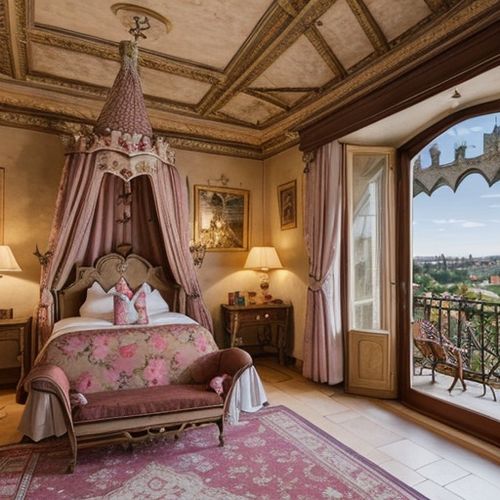
By Rebecca Stewart/Apr 11, 2025
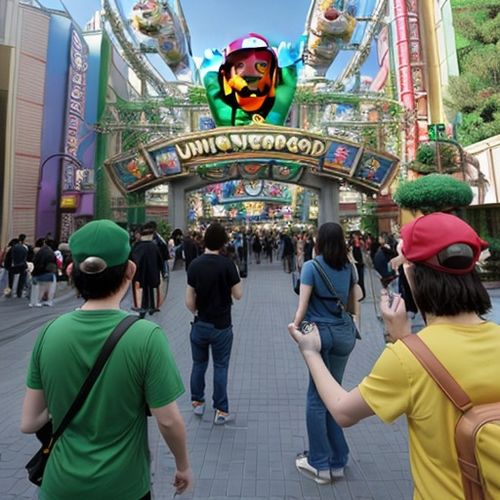
By Megan Clark/Apr 11, 2025
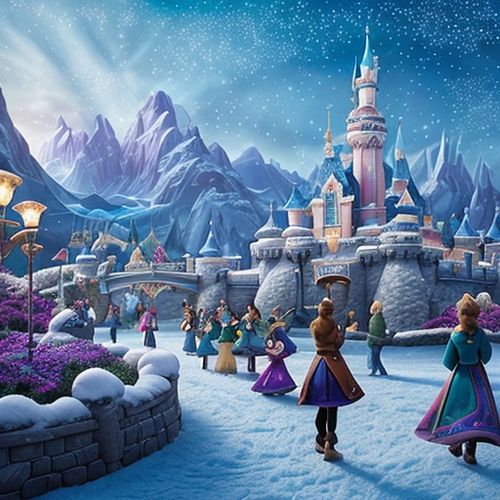
By Grace Cox/Apr 11, 2025
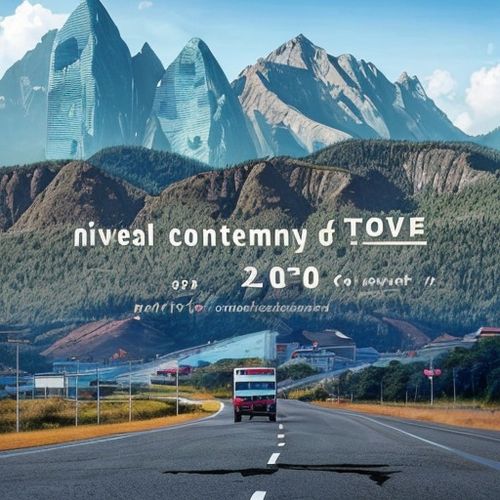
By Benjamin Evans/Apr 11, 2025
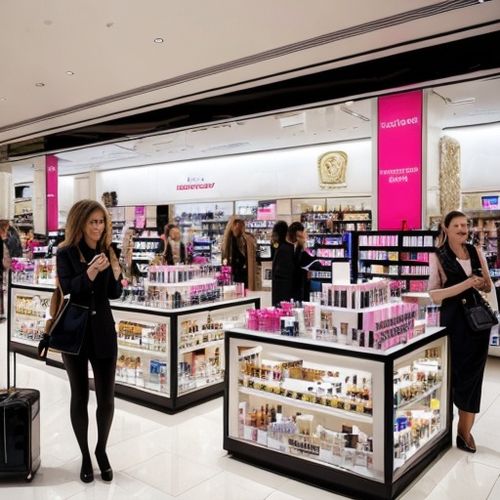
By Victoria Gonzalez/Apr 11, 2025
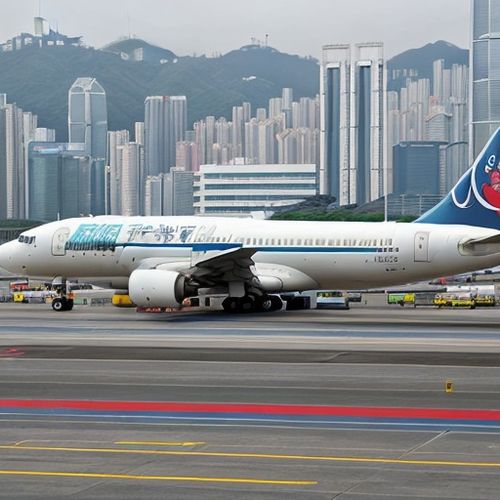
By Thomas Roberts/Apr 11, 2025

By James Moore/Apr 11, 2025

By George Bailey/Apr 11, 2025
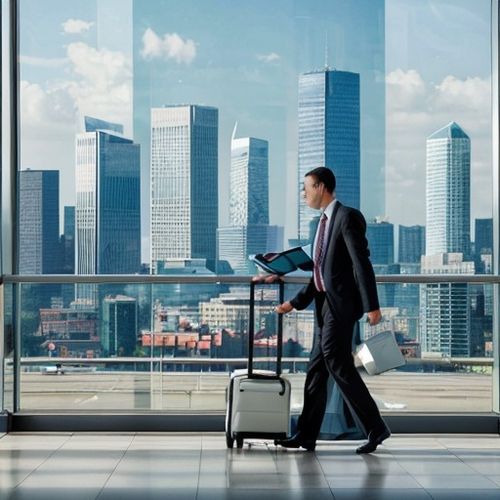
By Lily Simpson/Apr 11, 2025

By Megan Clark/Apr 11, 2025
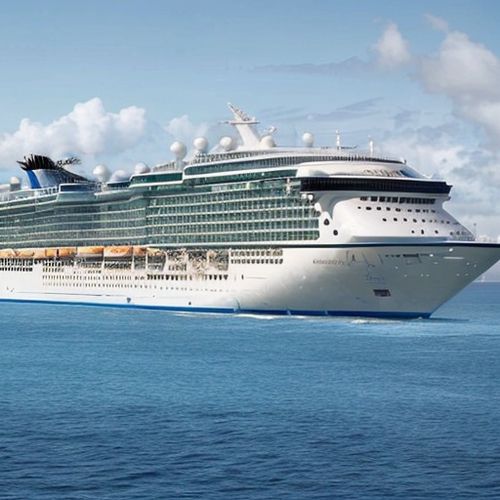
By Jessica Lee/Apr 11, 2025

By Olivia Reed/Apr 11, 2025
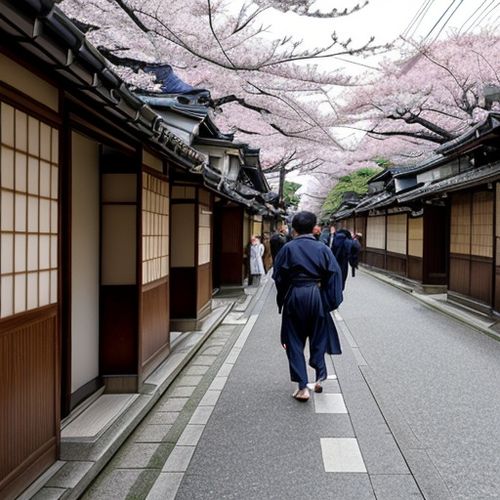
By George Bailey/Apr 11, 2025
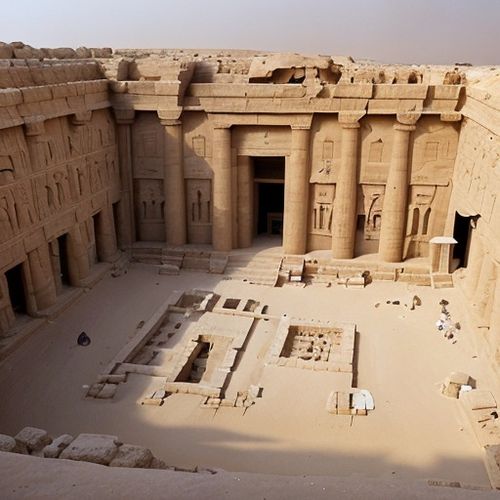
By Emily Johnson/Apr 11, 2025

By Victoria Gonzalez/Apr 11, 2025

By William Miller/Apr 11, 2025
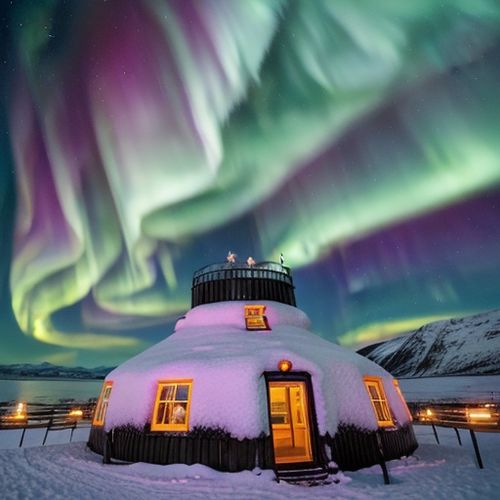
By Grace Cox/Apr 11, 2025